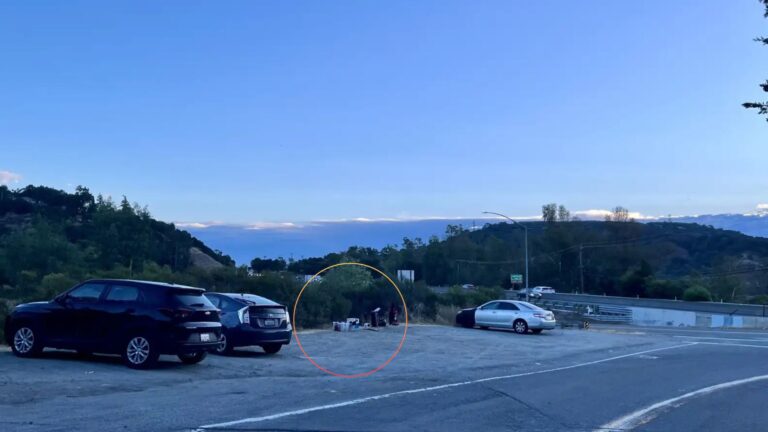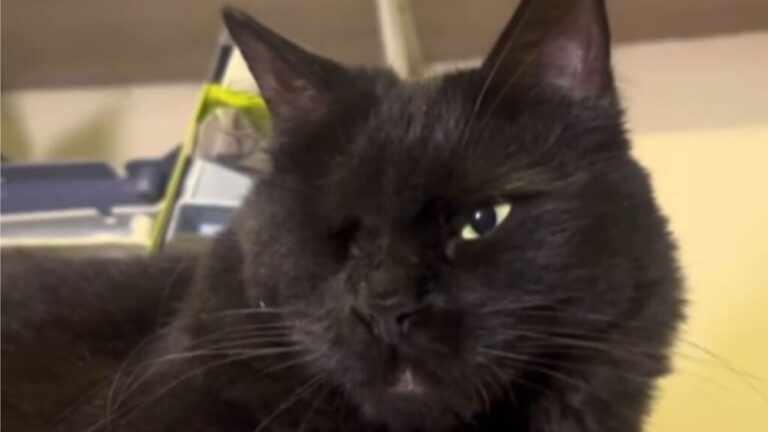Conservationists Concerned About The Rising Threats To Yellowstone Grizzlies
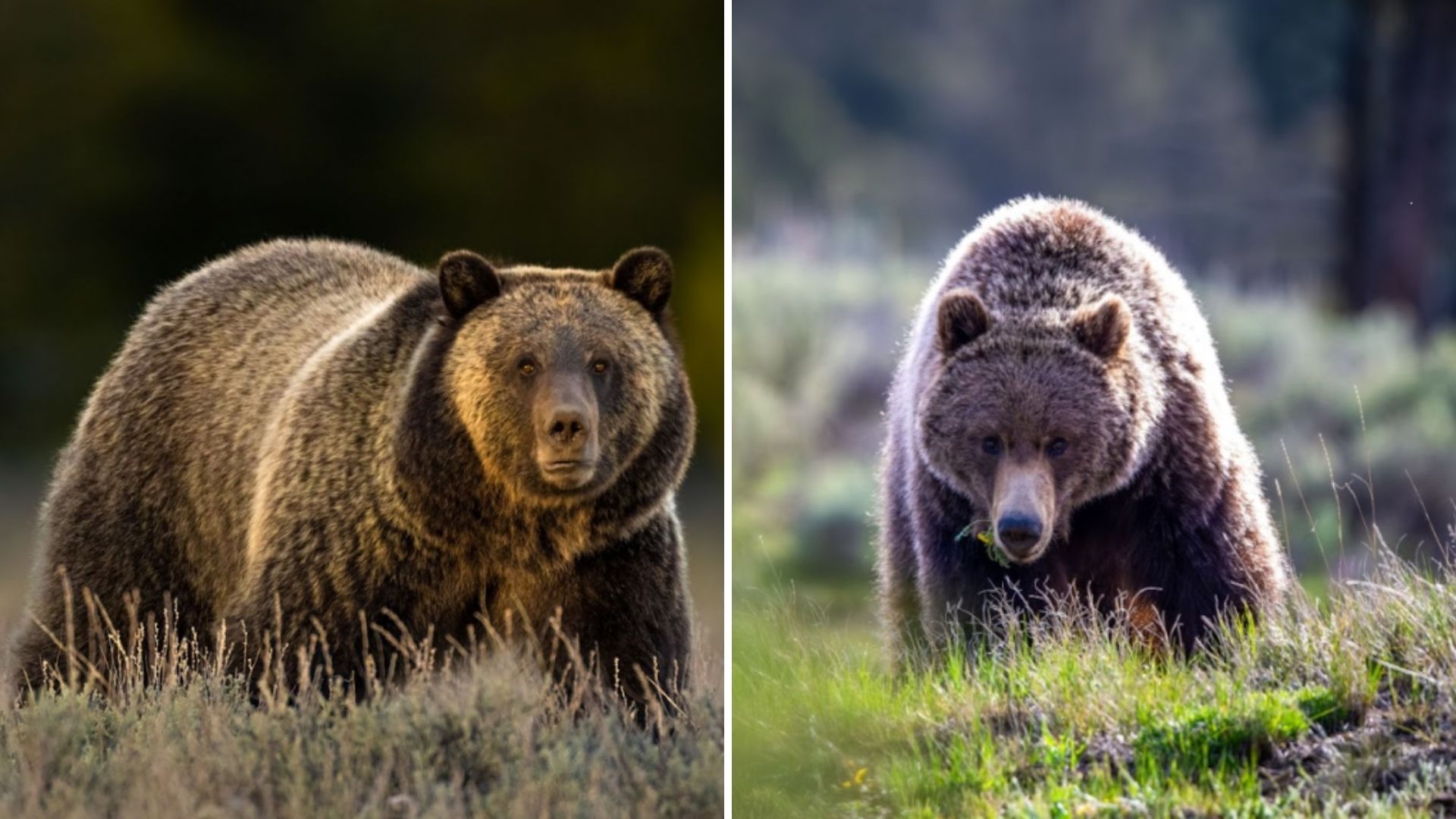
For decades, the grizzly bear has stood as a symbol of the raw beauty and power of the Greater Yellowstone Ecosystem.
Towering, strong, and resilient, these bears have made an incredible comeback from near-extinction, a conservation success celebrated nationwide. Yet in 2025, their story is facing a troubling new chapter.
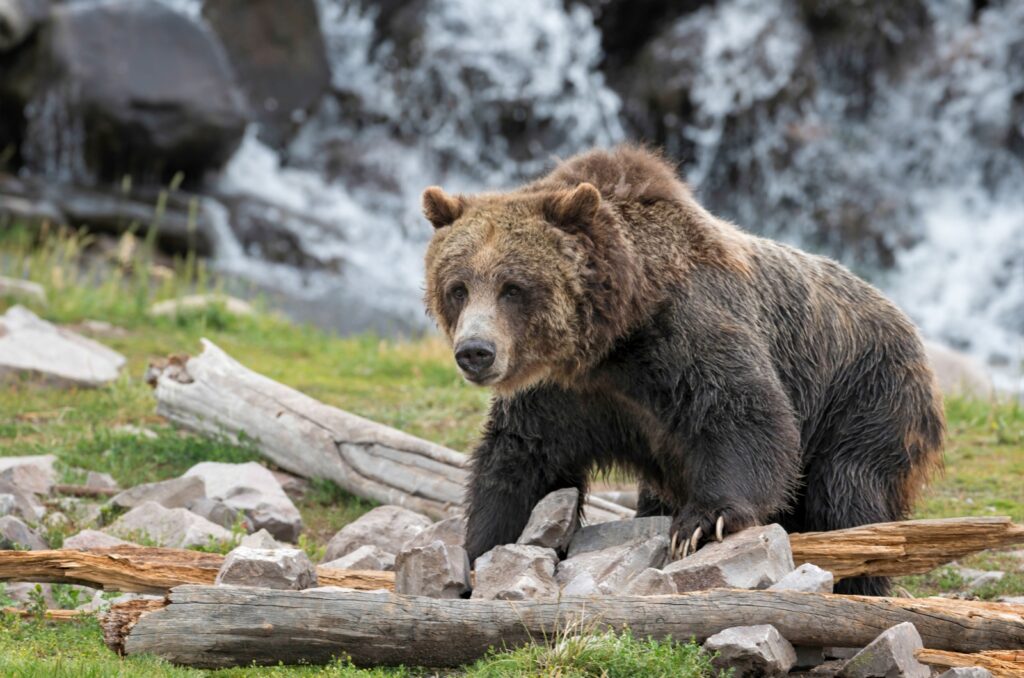
Federal officials from the U.S. Fish and Wildlife are reporting an unprecedented spike in grizzly bear mortality this year. By mid-September, 63 bears had been confirmed lost, already surpassing last year’s record of 56.
For an animal whose survival relies on careful protection and management, this surge has set off alarms among conservationists, park officials, and visitors alike.

Human activity is playing a major role in these losses. Wyoming’s rifle elk hunting season has increased encounters between hunters and bears, sometimes with tragic outcomes.
Add to that bears becoming accustomed to human food, and the risks multiply. One 400-pound grizzly had to be removed after repeatedly tipping dumpsters and scavenging near visitor areas, creating a safety concern for people and the bear alike.

Even Yellowstone’s most famous bears are not immune. Grizzly No. 399, a legendary 28-year-old female known for her remarkable reproductive history and beloved by park visitors, was struck by a vehicle last October.
Her passing is a stark reminder that even well-studied, iconic animals are vulnerable to the pressures of human interaction. Environmental factors are compounding the problem.
Drought conditions across the Yellowstone region, as reported by the U.S. Drought Monitor, are reducing natural food supplies, forcing bears to venture closer to human settlements in search of nourishment.
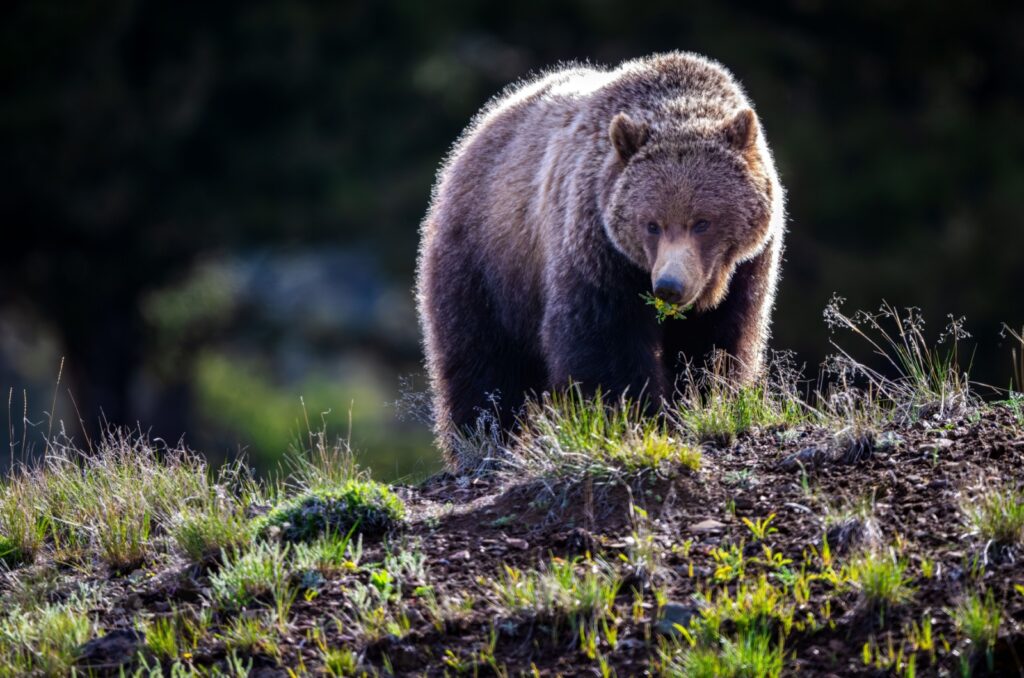
These conditions increase the likelihood of dangerous encounters, whether with cars, hunters, or unsecured food sources. The ecosystem itself is under stress, and the bears are feeling the effects.
The implications for conservation are significant. Grizzly populations have grown from fewer than 250 in the 1970s to roughly 2,000 today, a remarkable recovery. But current mortality rates threaten to stall or even reverse that progress.
Scientists are raising alarms: without immediate action, the balance that allowed grizzlies to thrive could be jeopardized.
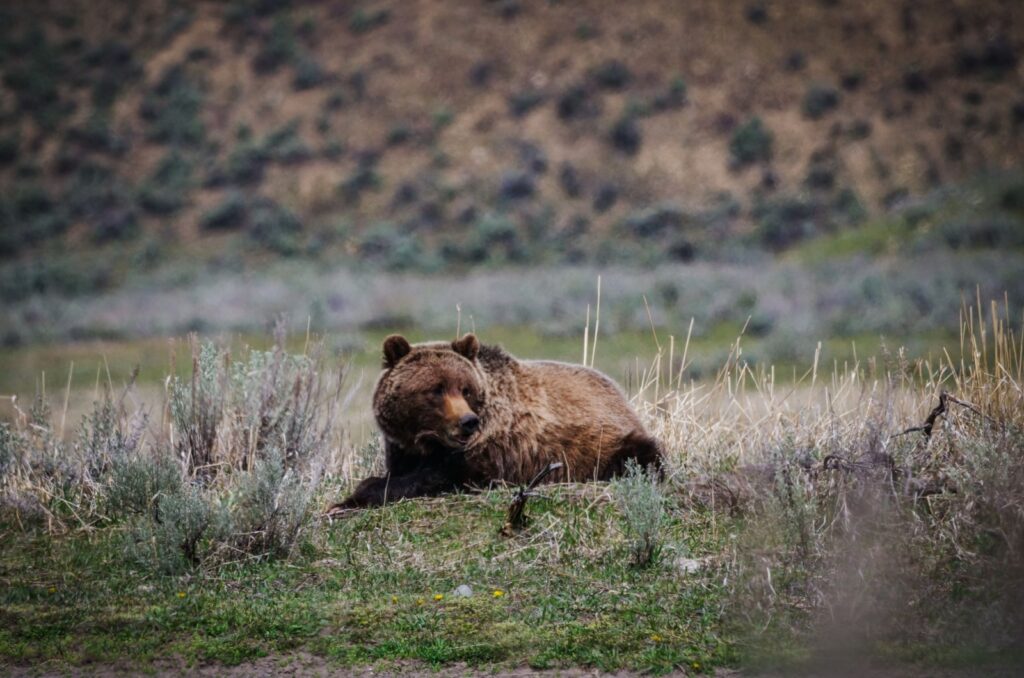
Conservationists are urging more than just observation. Public education campaigns on bear safety, stricter enforcement of wildlife protection laws, and expanded bear-resistant infrastructure are all critical.
Increased funding for research and habitat protection could be the difference between survival and decline for these iconic animals.
For visitors who hike, camp, and fish in Yellowstone, the loss of these bears is more than just numbers.

Each fatality represents a life cut short and a challenge to decades of conservation effort. It’s also a reminder of the fragile connection between humans and the wild.
As the Yellowstone community faces these losses, one thing is clear: the future of grizzly bears depends on awareness, action, and a renewed commitment to coexistence.
The surge in fatalities in 2025 serves as a wake-up call, showing that the safety and survival of wildlife are directly tied to our choices, both in the wild and beyond.




